Archaeologists on the Front Lines
A professor steps up to protect an ancient culture from modern threats.
J. Mark Kenoyer stands on a windswept peak in Logar Province in eastern Afghanistan, his head wrapped in a traditional scarf to protect against the harsh sun. It’s easy to see why documentarian Brent Huffman wanted the UW professor of anthropology to appear in his upcoming film about Mes Aynak, a 2,600-year-old Buddhist monastery.
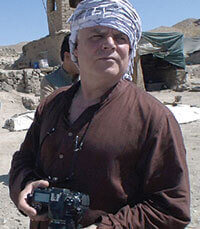
UW anthropologist J. Mark Kenoyer is working to protect ancient artifacts such as the Buddha head pictured above.
Huffman, an assistant professor of journalism at Northwestern University, needed someone who could articulate what will be lost when a new copper mine destroys this archaeological treasure. Kenoyer, at home in the region and with its culture, was his man.
Kenoyer gazes across a vast complex of stone houses, burial chambers, and stupas (ceremonial monuments) that dot the desolate landscape.
“This whole mountain contains artifacts that could tell us about life and commerce along the Silk Road,” he says. “Archaeologists need thirty years to properly excavate this site.”
Unfortunately, they don’t have nearly that much time. The site, languishing for years due to war and lack of funds, will close next year, and everything will be destroyed, archaeologists fear.Though the China Metallurgical Group says the mine will go forward no matter what, there is still a chance — a small chance — that the excavation could exist alongside it.
“Miracles can happen,” says Kenoyer, who agreed to travel for the first time to the heart of Taliban country in August 2012 to help make a dramatic case for preserving global heritage. Around the world, archaeological sites are threatened by war, mining, dam-building, and even mass tourism. Rebellions in Libya, Syria, and Mali have endangered not only the lives of millions of people, but also thousands of years of human history.
Archaeologists and anthropologists play a vital role in communicating the importance of what would be lost — and the potential benefits to tourism and culture if it can be saved. In the digital age, the impact of a well-crafted story, petition, or documentary can resonate much further than it might have fifteen years ago.
Take Kenoyer, an expert on the Indus Valley civilization. For thirty years, he has been excavating at Harappa, Pakistan, focusing on ancient technologies. He has also appeared on Pakistani TV and speaks fluent Urdu.
“I knew I wanted him to be part of my film as soon as I met him,” says Huffman. “He’s a world-renowned archaeologist with a rare ability to accomplish things in impossible situations.”
Huffman will submit The Buddhas of Mes Aynak to film festivals this year. Already, word has spread: a global petition to save Mes Aynak has garnered more than sixty thousand signatures.
Published in the Fall 2013 issue
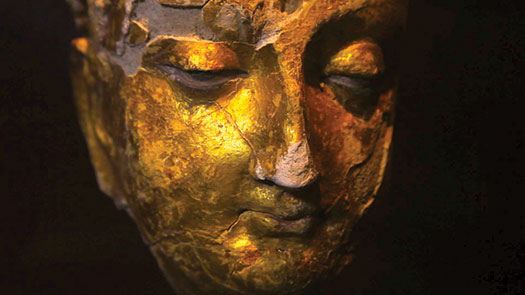
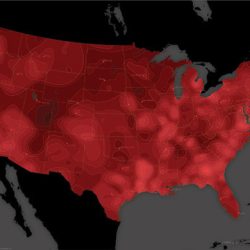
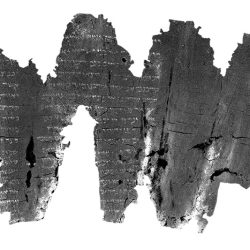
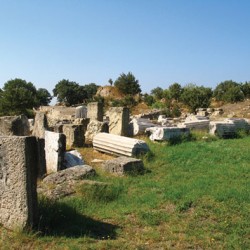
Comments
Asma Ibrahim September 6, 2013
This is great news, i was real concerned about the site, congratulations, and also congratualtions for selecting Prof.Mark Kenoyer, there couldn’t be anyone better than him. he has devoted his life for the cause of heritage.
best wishes,
Dr.Asma Ibrahim
Director
Museum & Art Gallery Dept.
State Bank of Pakistan
karachi
Pakistan